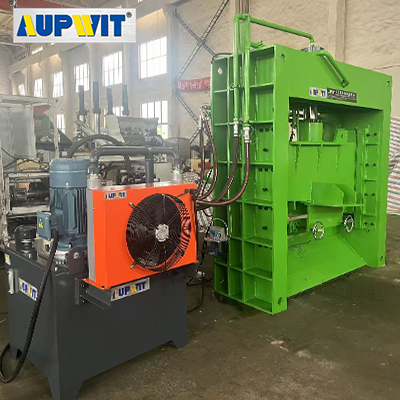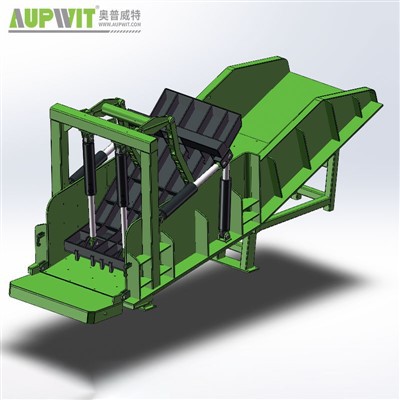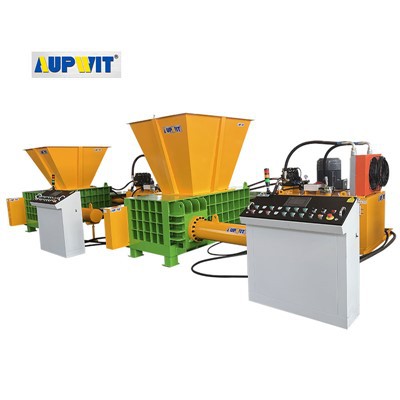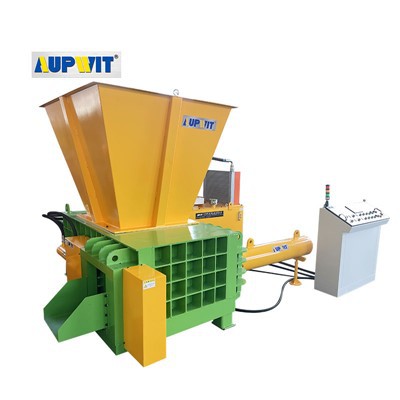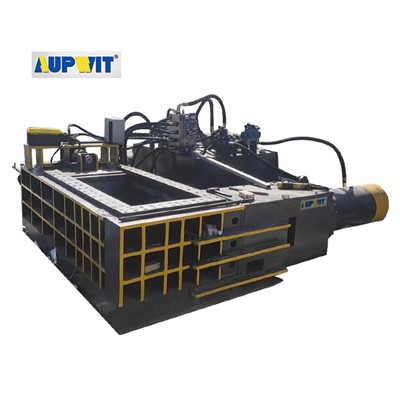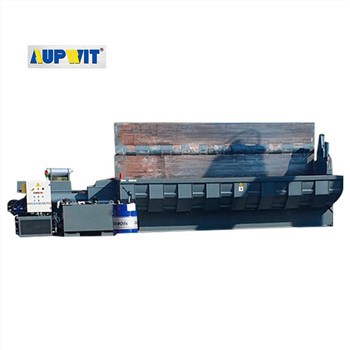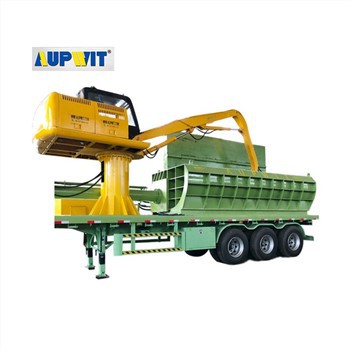1. Choose the right cutting parameters
Adjust parameters such as cutting speed, power and gas flow according to the metal material and thickness. For thicker plates, reduce the cutting speed and increase the power to ensure the cutting depth and quality; for thin plates, increase the cutting speed appropriately to prevent overburning. At the same time, optimizing the gas flow can effectively blow away the slag and improve the finish of the cut surface.
2. Keep the cutting tool or cutting nozzle in good condition
Regularly check and replace worn tools or cutting nozzles. Worn tools or cutting nozzles will lead to reduced cutting accuracy and rough cutting surfaces. For example, if the aperture of the plasma cutting nozzle becomes larger due to wear, the plasma arc will diverge, affecting the cutting quality, and should be replaced in time. At the same time, ensure that the tool or cutting nozzle is installed correctly and kept perpendicular to the surface of the plate to ensure the accuracy of the cutting path.
3. Optimize the clamping method of the plate
Use a suitable clamp to clamp the plate firmly to prevent shaking or displacement during the cutting process. Unstable clamping will lead to cutting size deviation and uneven cutting surface. For large or irregular shaped plates, multiple clamps can be evenly distributed and fixed to ensure the stability of the plate during the cutting process.
4. Pre-treat the plate
Before cutting, pre-treat the plate by rust removal and oil removal. Rust and oil stains on the surface will affect the cutting effect and may cause problems such as pores and slag on the cutting surface. Removing surface impurities by pickling, sandblasting and other methods can improve the cutting quality. In addition, for some easily deformed metal materials, such as aluminum alloy, pre-stretching treatment can be performed before cutting to reduce deformation during the cutting process.
5. Perform cutting path planning
For cutting of complex shapes, reasonable planning of cutting paths can reduce cutting time and deformation. For example, using an optimized nesting algorithm, the cutting paths of multiple parts are reasonably arranged to avoid repeated cutting and unnecessary empty strokes, while also reducing the deformation of the plate.
